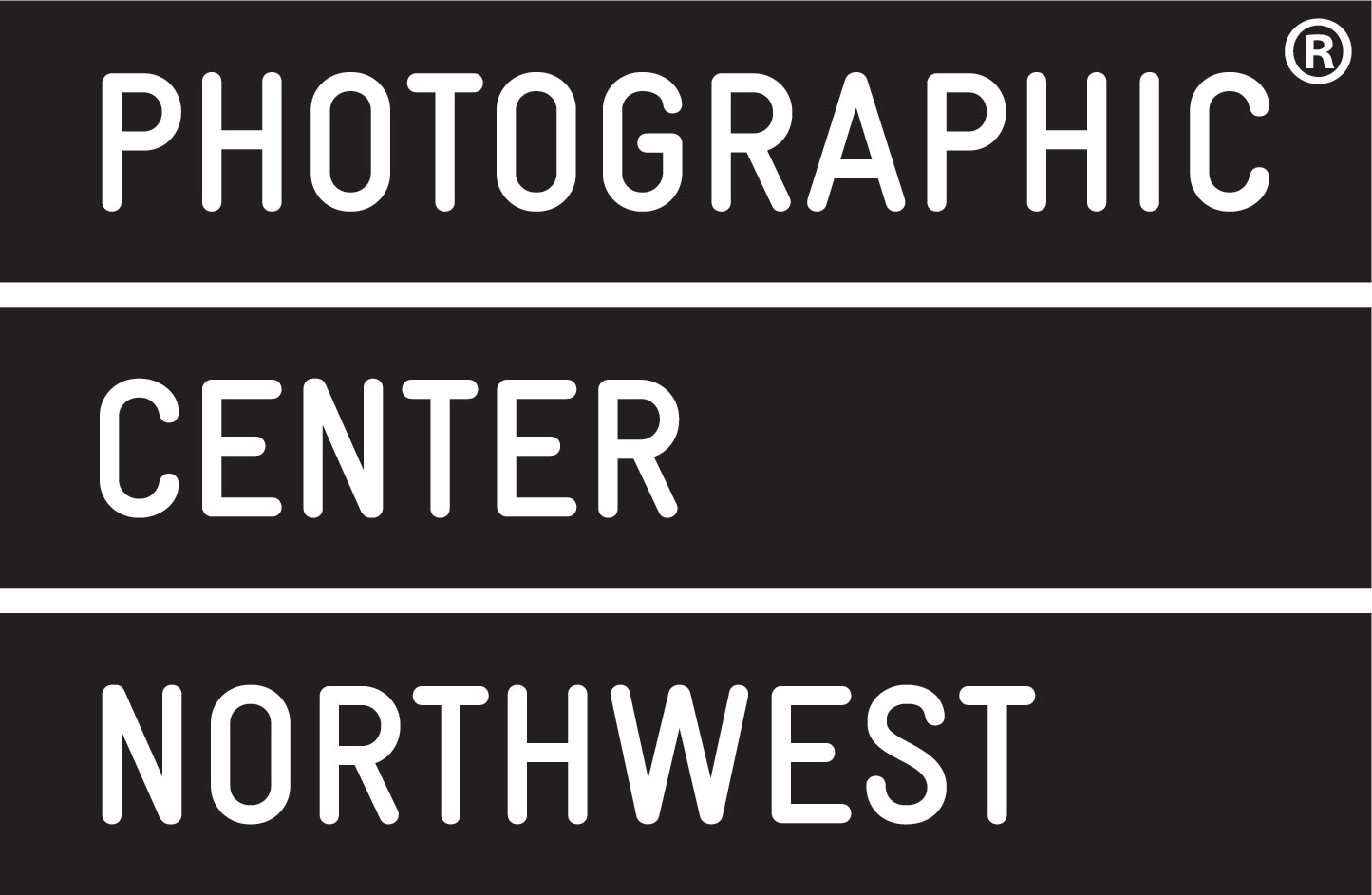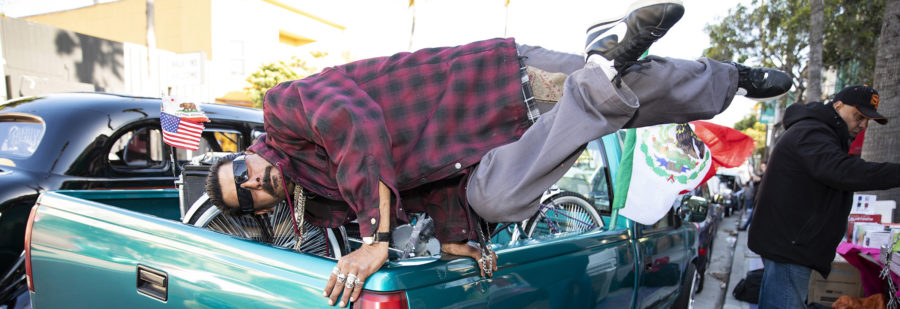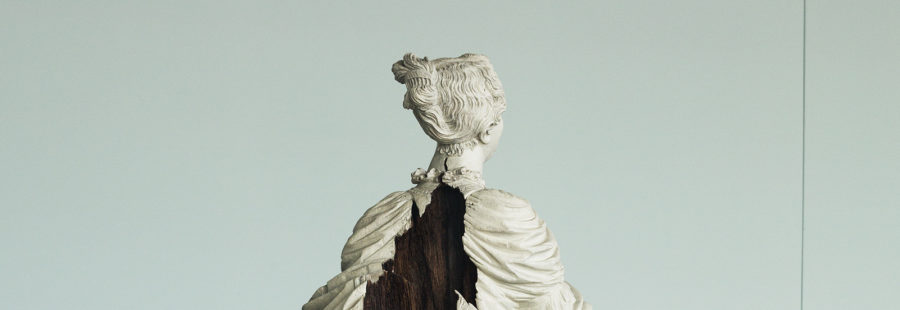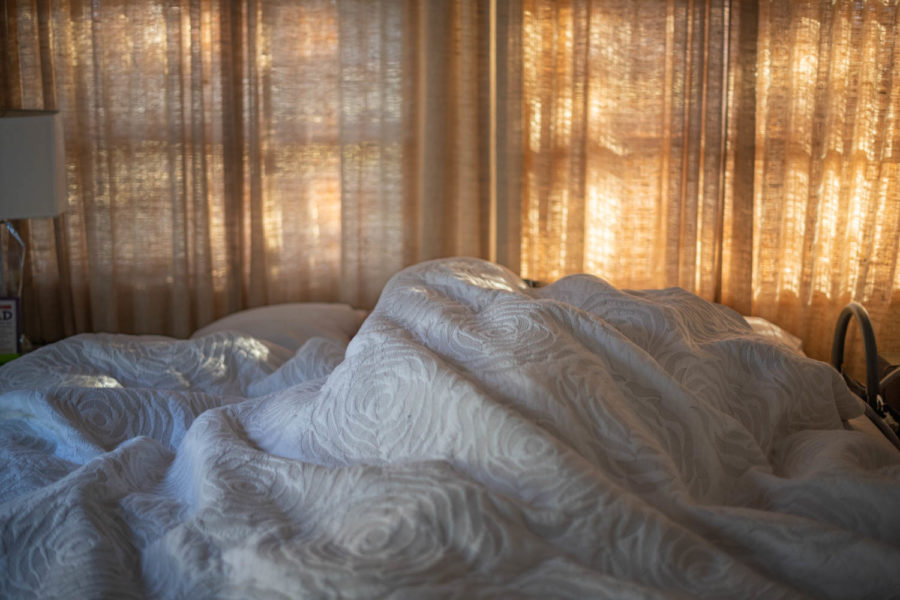A deeper look into the art of collecting photography with PCNW community members
“As a young collector, look for a mentor. Someone you can trust. You may not find it right away. But they are out there. The thing for ‘us’ about photography, also, is how accessible it is. We meet the artists more times. It’s just really fascinating to hear the stories.” – William and Lisa Holderman
Lisa Ahlberg, Photographic Center Northwest (PCNW) supporter and 2021 Benefit Committee Member, recently spoke with William and Lisa Holderman about their diverse collection of photographic prints, books and their passion for collecting photography. Both William and Lisa have been enthusiastic participants in the PCNW Auction for the last 10 years. William is currently on the Board at PCNW and prior, spent six years on the Board of Directors for the Tacoma Art Museum.
Interviewer: Lisa Ahlberg
Interviewee: William Holderman
Interviewee: Lisa Holderman
When and how did your love of collecting photography start?
William: Lisa was the catalyst behind our collecting. I vividly remember Father’s Day 20+ years ago when she and our girls gifted me Tide Pool Point Lobos, 1957 by Wynn Bullock. It reminded me of my days growing up on southern California beaches. I admired his work via publications for many years and mentioned to Lisa in passing that it was one of my favorite images. She held onto that thought. Through sleuthing, connections, and conversations across the country, she found the work in a San Francisco dealer’s private collection. As luck would have it, she ultimately convinced him to let it go to a new enthusiast. We will admire a work, connect with an artist or dealer, and Lisa historically is the closer, helping to do the background work to bring it into our home.
Lisa: I never imagined my Father’s Day purchase of Wynn Bullocks’ Tide Pools would spark our journey of collecting. It has enriched our lives in many ways. Not only is it a hobby William and I share a passion for, it has connected us with so many diverse and fascinating people who share the same interest. Collecting has really become a lifestyle for us that has enriched our lives way beyond the photographs in our collection. We are particularly thankful for the friendships we have made and that our daughters have shared the journey with us since they were little, they are 26 and 23 years old now.
Did you always have an interest in photography?
William: I was a yearbook photographer in Santa Barbara. It was right next to Brooks Institute so I had a darkroom in my home and I did black and white photography with a Nikon F and was involved in local camera clubs. I was at Yosemite when I was 16 years old when Ansel Adams still had his gallery there and I said “wow” you can have access to all these incredible artists and you can meet them. And you can have some of the world-class artists on your wall. And it’s not so crazy expensive, but you also get the stories and the connections.
So, I did have a connection to photography as a practitioner, which then I kind of translated that to collecting. Just recently I took a Digital 1 class at PCNW class with Leslie Saber and it was spectacular. It just changed my life. My daughters would get so mad, they’d say “Dad, you can’t take pictures. My phone takes better pictures than you”. Now I take better pictures than their phones!
Is there an emphasis/theme to what you collect?
William: I think there is. The world of photographic art is broad but also narrow. So many of the artists impact and know one another.
As new collectors, we initially focused upon acquiring iconic works from major artists. Over time and with growing confidence, we sought to expand our collection and interest to those whose work was influenced by them, but less well known. We have collected a few artists in depth, which has been satisfying, to selectively acquire a body of work, including images, books, ephemera that spans a career and time.
The Puget Sound and its unique combination of landscape and water, is a theme that resonates within our collection.
We have also focused and have a deeper appreciation of the local, but internationally impactful work of the members of the Seattle Camera Club. I got really excited about putting together a group of images that really reflected this incredible group of artists, primarily Japanese American photographers in the 1920s that were on the cutting edge of photography.
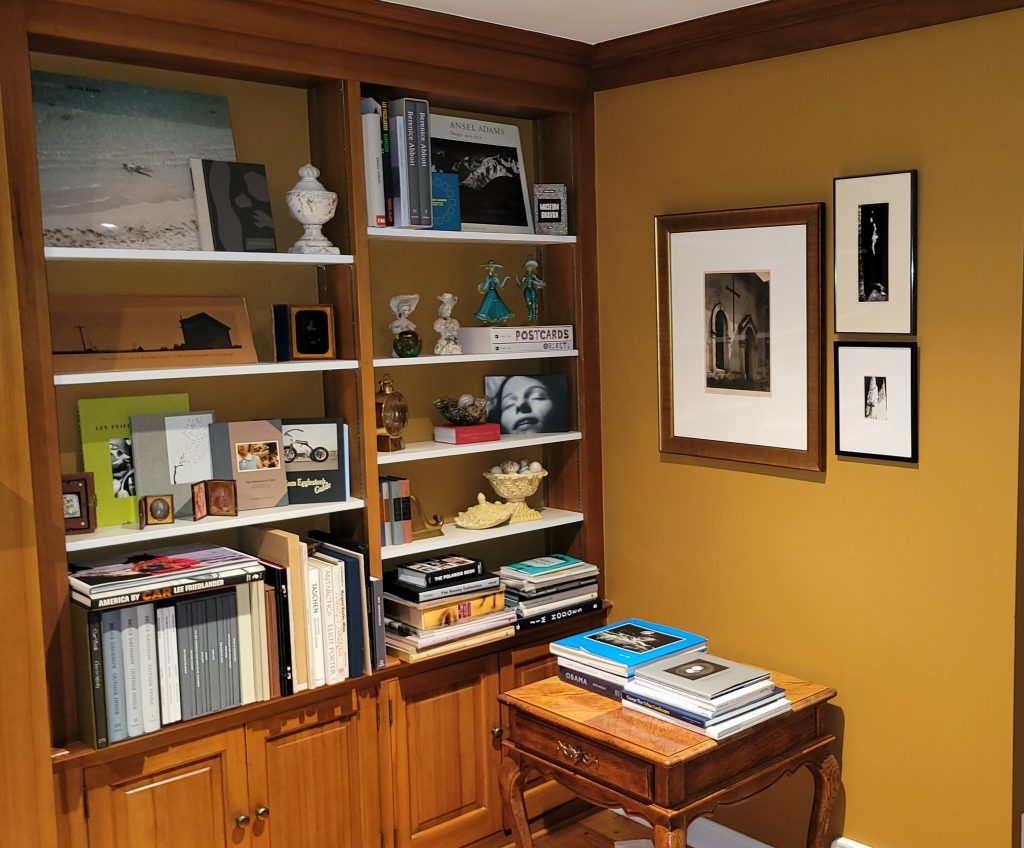
Which was the first piece that made you feel like a collector?
William: A somewhat obscure but important work by Minor White, Easter Sunday, Stony Brook State Park, NY, 1963 . It again reflects the story of our collection. Minor White had significant influence on multiple generations of photographers and continues to do so. I admired this work and reached out to others looking for this unique image. It was through a handwritten letter to an East Coast college professor, a phone call to a close personal friend of Minor’s, a dinner in Portland, which in turn developed into a long-term relationship that we were able to purchase the photograph directly from his dearest friend. It was a very circular experience as we, through that relationship, learned firsthand about Minor’s teaching and impact and gained a deeper appreciation of the work. It made this acquisition more than just a purchase. In the end, we felt like true collectors.
Where do you find your art?
William: Everywhere. Lisa and I are big fans of single artist monographs and books with prints. It is a great way to get to know an artist in-depth. It’s portable, affordable, and collectible too. We have connected and have worked with dealers, friends, auctions, trade shows, purchased ephemera on eBay and through local non-profit benefits such as PCNW’s Auction. This will be our tenth year participating and we have had the honor to bring home a great work (or two), each year from significant local and national artists.
For us, collecting is a passion. When we were first married and we would go to a town we didn’t know, we would just have a book from AIPAD (The Association of International Photography Art Dealers). We didn’t have the internet. Where’s there a dealer? Where’s there a gallery? We would just walk in and if you had a little knowledge it could get you pretty far. And you’d have a conversation and before you knew it, you’d find the best restaurants. There are all these secondary gains from visiting galleries in small towns and large cities. We met the daughter, Linda Walcott-Moore of Marion Post Wolcott, the FSA photographer.


What advice would you give newcomers to art collecting?
William: Read. Ask questions. Go to galleries, openings, museums, try a live auction or nonprofit benefits as those are all great ways to collect. Don’t be afraid to take risks and purchase something that pushes your budget limit at times, if you truly love the work, you will rarely go back and say, “I should have left that one behind.” Don’t be afraid to negotiate terms with dealers.
Have you found art on a limited budget?
William: Yes. Benefit Auctions such as PCNW’s are a perfect example of a place to find amazing works with great value (but that’s not why you’re there!) from upcoming and established artists and you support an important non-profit. We have been so lucky — as well as our friends and colleagues — to bring home great photographs.
Lisa: There is always exciting work in the auction. We’ve gotten outbid on a few that we wanted, but there’s always great work.
Another important point is you can also ask a dealer for terms. Talk to the dealer, look at your budget, many galleries will allow payments. We had no idea about this when we first started collecting, but the guy offered it to us and it allowed us to buy an Ansel Adams portfolio.
What do your family/friends say about all this art?
William: Are you done yet? The answer is no. There is always new work, artists and stories to hear that inspire us to add to our collection. We have recently been excited to expand our collection outside the United States. It is always fun when our friends visit our home and we can share a new work, a story, travel experience, and maybe a little behind-the-scenes gossip.
Lisa: They find it intriguing and enjoy hearing about the photographers in our collection and what draws us to certain images. Oftentimes they adopt a favorite and offer to babysit for it in their home. There are several images that perplex friends and family even in conversations about what the image is about and why we connect to it. Wynn Bullock, Child in Forrest, 1951 is one of those!

Image credit: Wynn Bullock
What piece(s) gets a big response from visitors in your house?
William: Most recently it is the hauntingly beautiful work by Hiroshi Sugimoto Seattle 5th Ave Theater.
People have visited the theater many times but the manner and way in which he captured the space is truly unique and stunning. When they return, they see the theater differently. It is exciting to share this photograph and hear how it changes their appreciation of this venue and its surroundings. Another one that gets a lot of attention is in our dining room by Larry Fink, Grubman Wedding, 1995. I just love his work. He is influenced by Lisette Model. Larry was a professional photographer who often documented outrageously splendid parties and this is one of his many images that is not only just a beautiful black and white photograph but great social commentary.

Image credit: Larry Fink
Is there anything else you want to share about your photography collection?
William: We remain excited about continuing to collect. It has and remains a platform for us to meet people and enthusiasts, mentor new collectors, learn, share our experience, support artists and introduce others to the world and power of photography.
We own three pieces of Isaac Layman by first purchasing at the PCNW auction. He was the Betty Bowen Award Winner in 2008 and had two shows at the Frye Art Museum and also the Seattle Art Museum. The images we have are from his Paradise series.
We have other Northwest artists — works and books by Eirik Johnson and Rafael Soldi.
Lisa: We sometimes go a little crazy. Like with Minor White even. Gail Gibson, owner of G. Gibson Projects, she had a portfolio that she was selling and at first didn’t reach out to us because she assumed we had too much, but of course, we snapped it up.
William: There is another thing I want to mention, I think there are some mentors here in Seattle and it can be important to find someone who can hold your hand and guide you. Someone that you can trust. And that was just really powerful having that kind of relationship. Gail and Claudia from Gibson Gallery have been that and become very good friends. Michelle Dunn Marsh, publisher and founder of Minor Matters, has also been that. And another great mentor was our friend Karen Sinsheimer, a past curator of Photography at Santa Barbara Museum of Art for 25 years and a nationally known curator.
As a young collector, look for a mentor. Someone you can trust. You may not find it right away. But they are out there.
Lisa: For me not having a background in the arts, William grew up going to museums and I didn’t, so the whole exposure to photography was new to me and art in general. Because I don’t have the experience and education in it, I’m a little bit intimidated, but I’ve found the photography world to be super accepting and gracious and I really appreciate that.
But I think the thing for me about photography is how accessible it is. We meet the artists more times. It’s just really fascinating to hear the stories.
William: I have daguerreotypes from the 1960s to ephemera and letters from Minor White and Harry Callahan to books and prints. The fun part is that you can have this wide swath of connection to whatever your passion is. And all the people we’ve met on top of that is what we’ve enjoyed.
More info on PCNW’s 2021 Benefit Auction and how you can start your own collection can be found here: https://www.pcnwbenefit.org/
